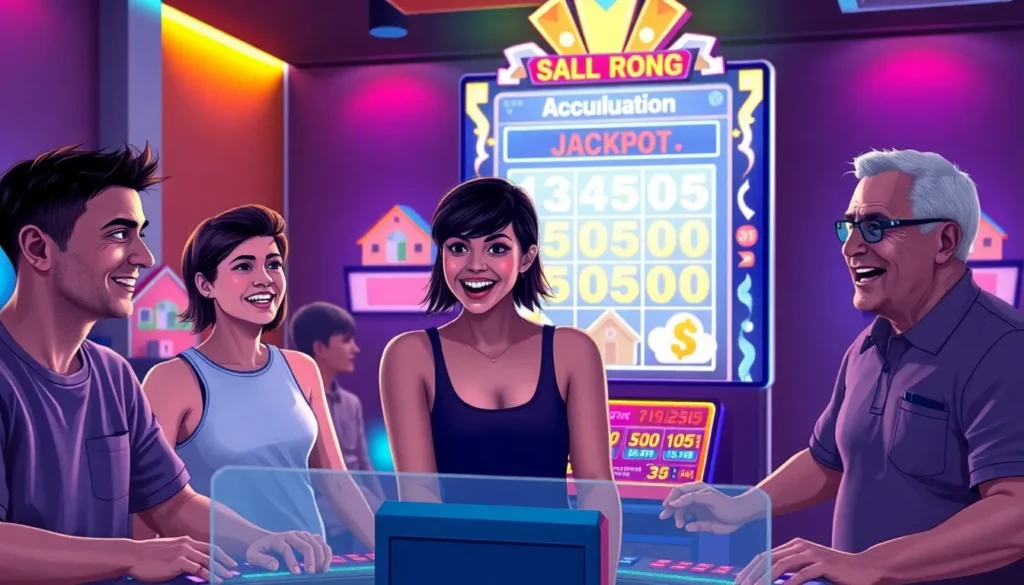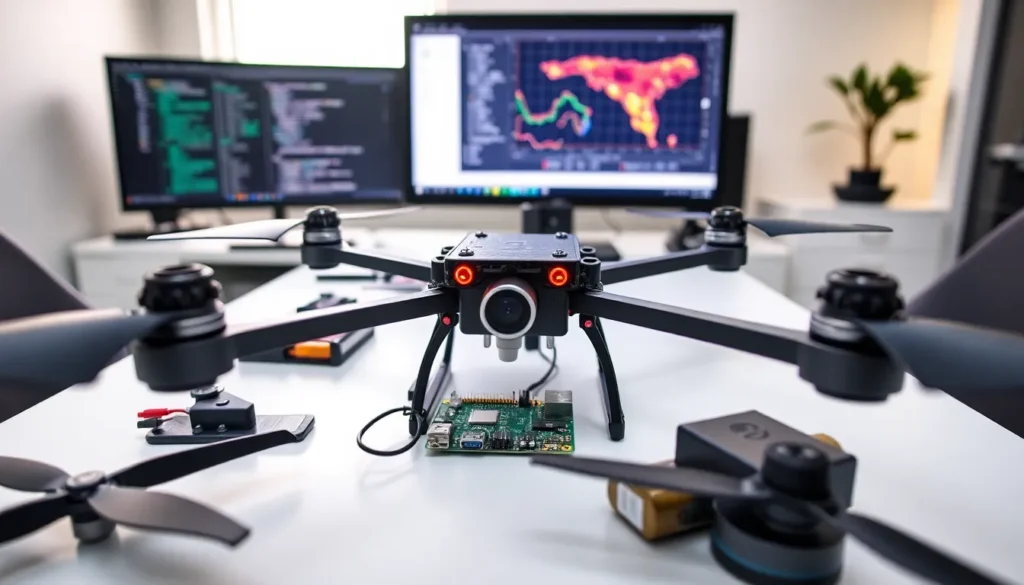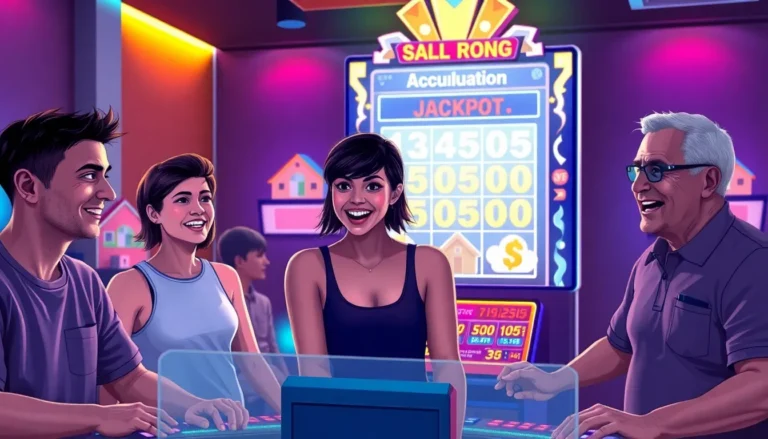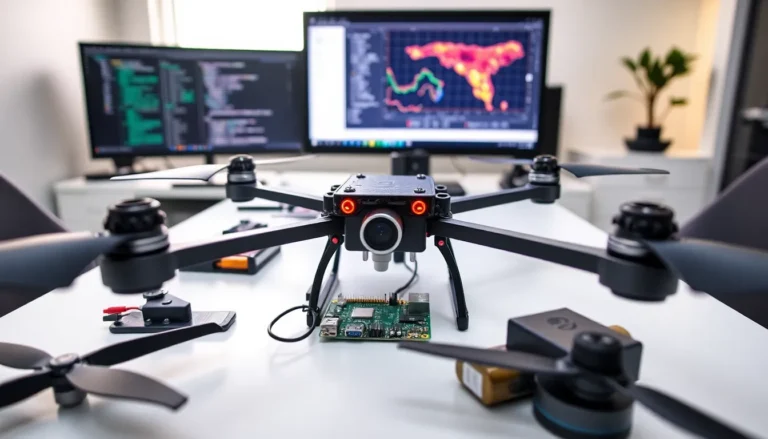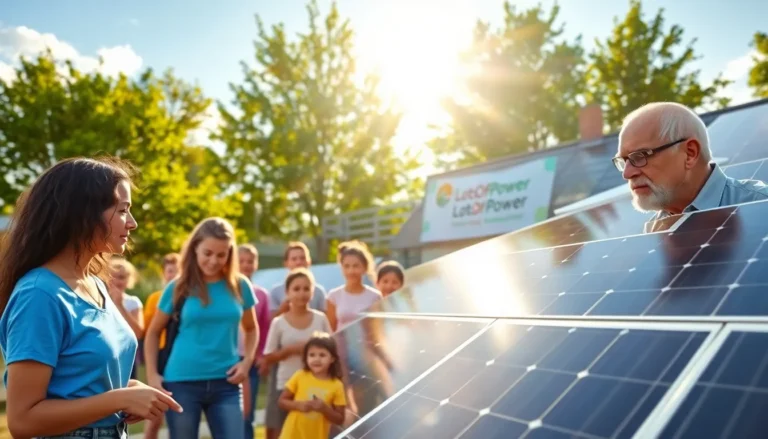Table of Contents
ToggleIn a world where your toaster might soon have its own Instagram account, technology isn’t just a part of life, it’s becoming life, complete with followers and hashtags. Seriously, if you think tech is just about fancy gadgets, think again. From smart homes to AI assistants that can tell you your coffee order before you even ask, technology is shaping every inch of our daily existence. Buckle up as we take a ride through the evolutionary trajectory of technology, current trends, and what the future might hold. Just remember, no matter how advanced things get, someone still has to explain the difference between Wi-Fi and Ethernet to grandma.
The Evolution of Technology in Everyday Life
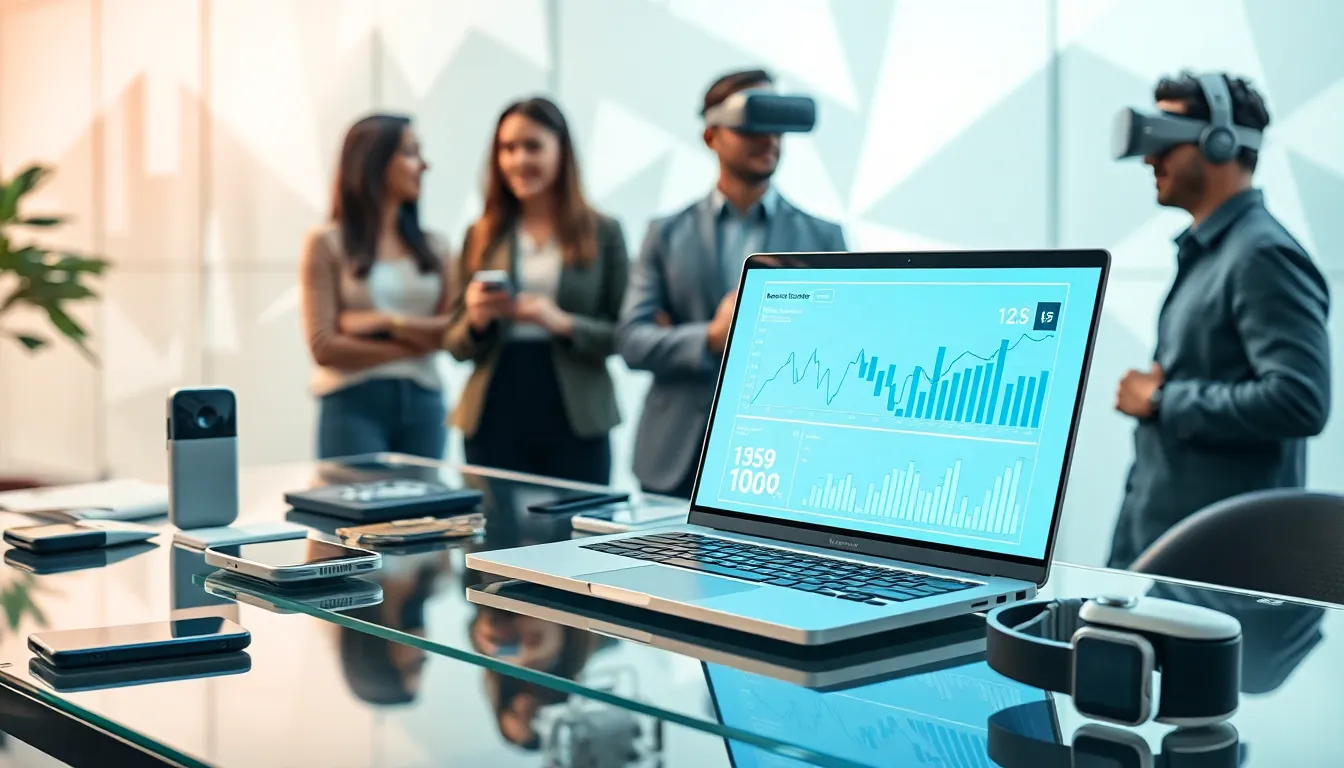
Technology has transformed remarkably, evolving from bulky contraptions to sleek devices that fit comfortably in our pockets. Think back to the days of the flip phone, a device that seemed revolutionary at the time. Now, we hold powerful mini-computers that serve countless functions, from doing our taxes to controlling our home appliances.
This evolution didn’t happen overnight. The journey began when computers transitioned from enormous room-sized machines to devices small enough to carry. Then came the Internet, and suddenly, information was at our fingertips, radically shifting how we communicate, work, and even learn. No longer must you hoard card catalogs: Google holds all the cards now.
Now, augmented reality (AR) and virtual reality (VR) are pushing the boundaries even further. They encourage us to explore spaces and thoughts we never considered, allowing for an immersive experience in everything from gaming to education. Truly, the evolution of technology reflects our collective desire for efficiency, connectivity, and, let’s be honest, a little bit of fun.
Current Trends in Technology
Staying ahead of technology trends is like trying to catch smoke with your bare hands, challenging yet exhilarating. Right now, artificial intelligence is stealing the spotlight, infiltrating everything from our smartphones to our healthcare systems. With AI, machines can learn from data, adapt, and even anticipate our needs. For example, virtual assistants like Siri or Google Assistant are becoming more intuitive every day, and they can order your groceries or book your taxi quicker than you can say “smart home.”
Also, the push toward sustainability is evident as tech companies develop eco-friendly alternatives. Innovations like solar-powered gadgets and biodegradable materials are not just buzzwords: they are gaining traction. Many consumers are actively seeking products that align with their values, pushing brands to innovate responsibly.
Plus, 5G technology is on the rise, enabling quicker internet speeds and transforming how we interact with various devices. Streaming high-definition movies or fully immersive virtual experiences is becoming the norm rather than the exception. Goodbye buffering, hello seamless experiences.
Essential Gadgets and Devices in 2025
Fast forward to 2025, and it’s hard to believe what a day without certain gadgets might look like. Wearable technology, think smartwatches and fitness trackers, will be commonplace, integrating seamlessly into daily life. These devices won’t just count steps: they’ll monitor health metrics, send alerts, and even provide personalized workout suggestions.
Smart home technology will also take center stage. Devices like smart thermostats, security systems, and refrigerators that can suggest recipes based on what’s inside them are already making their debut and will only get smarter. Imagine a fridge that not only reminds you to buy more milk but also orders it for you.
Also, augmented reality glasses will likely make a splash. Equipped with AR capabilities, they can overlay information onto the real world, revolutionizing industries like education and healthcare by offering interactive learning experiences or enhancing medical training sessions.
The Impact of Technology on Communication
In today’s hyper-connected world, technology shapes how we communicate in profound ways. Social media platforms allow people to connect with anyone, anywhere, breaking geographical barriers. People used to rely on letters for long-distance communication: now, they can send a message across continents in the blink of an eye.
But, the impact isn’t merely positive. The speed at which news spreads can lead to misinformation and the phenomenon of echo chambers. Social platforms often present curated views, creating silos of information rather than fostering open discussion.
Also, as emojis have infiltrated our texts, they’ve transformed language. A simple smiley face can convey a world of emotion in a message. But let’s not forget the nuances of face-to-face interaction. Even though all advancements, nothing can replace the depth of a real conversation, a reality that technology sometimes obscures.
The Future of Technology: What Lies Ahead
What does the future hold in terms of technological advancements? Predictions range from the optimistic to the downright mind-bending. AI is set to get even smarter, potentially improving our daily lives in ways we can hardly imagine right now. Self-driving cars? They may become a standard mode of transportation, reducing accidents and traffic congestion.
Besides, advancements in biotechnology are likely to transform healthcare. Imagine personalized treatments based on your genetic makeup, making healthcare more effective than ever. This could pave the way for cures to diseases we once deemed incurable.
Also, as virtual reality technologies become more sophisticated, they could redefine entertainment and education. Virtual classrooms might replace brick-and-mortar schools, allowing students to explore the world during class, imagine a student field-tripping to ancient Rome through VR rather than just reading about it.
In essence, the future of technology is about merging convenience with sustainability, creating a world that isn’t just innovative but also mindful of its impact.


